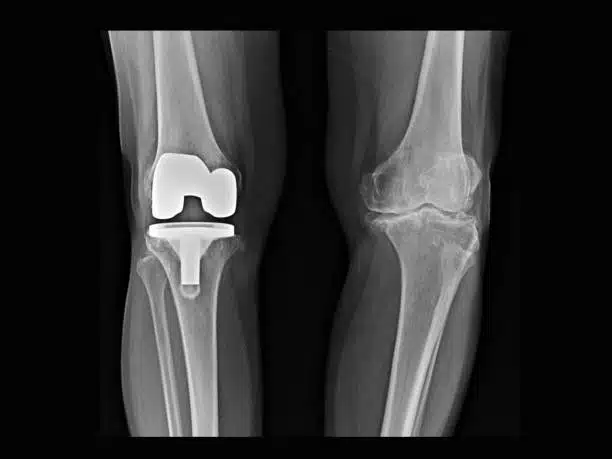
A knee replacement surgery is one of the most commonly performed replacement procedures in the United States. Knee replacement is when your worn or damaged knee joint – partial or complete – is surgically removed and replaced with an artificial knee joint.
Knee replacement is highly effective at relieving knee pain and improving mobility. It is mostly recommended for people who have exhausted all nonsurgical treatment options without relief from knee pain, swelling, and stiffness.
If you are considering knee replacement and are wondering what happens during the procedure, here is the step-by-step guide.
A Guide to Knee Arthroplasty
Knee replacement or knee arthroplasty is often termed knee resurfacing because, in knee arthroplasty, only the surface of the knee bones is replaced.
You may also be put to sleep using general anesthesia or epidural, spinal, or regional nerve block anesthesia for the procedure.
Typically, knee arthroplasty is performed in four steps that are as follows:
Bone Preparation
Bone preparation is the first step in the knee arthroplasty procedure. During this step, the damaged cartilage surfaces at the end of the two bones (tibia and femur) are removed. Your orthopedic surgeon will probably remove a small amount of bone underlying the ends of the tibia and femur to fit these into the artificial component.
Positioning of Metal Implants
In the second step of knee replacement, your orthopedic surgeon will replace the removed cartilage and bone with metal components that recreate the surface of the knee joint.
It’s pertinent to mention that most replacement joints consist of a metal femoral component, a plastic tibial component held in a metal tray, and a plastic patellar component.
Your new artificial joint may be “press-fit” or cemented into the intact bone.
Resurfacing of the Patella
The third step of the knee joint replacement involves resurfacing the knee cap. For this, your orthopedic surgeon will make an incision in the undersurface of the patella (kneecap), remove the damaged part, and replace it with a mushroom-shaped prosthesis.
In some cases, resurfacing of the kneecap is not needed.
Spacer Insertion
Lastly, your orthopedic surgeon will insert a plastic spacer between the femoral and tibial components of the artificial joint. The spacer creates a smooth, gliding surface for the metal components.
Knee Replacement in North Dakota
For the best outcome, preparing for the knee replacement procedure is important. Your orthopedic surgeon will provide a detailed guide on preparing for knee arthroplasty and what to avoid after the operation.
At The Bone & Joint Center, we offer replacement procedures that offer exceptional outcomes. Our board-certified knee surgeon Dr. Timothy J. Bopp, will first evaluate your knee and determine whether you are a candidate for a knee replacement procedure. Our knee surgeon uses nonsurgical treatments first to relieve your knee symptoms before considering replacement surgery.
If you would like to know more or make a one-on-one consultation with our knee surgeon, call us today at (701) 946-7400 / (866) 900-8650 or use our convenient online request form.

